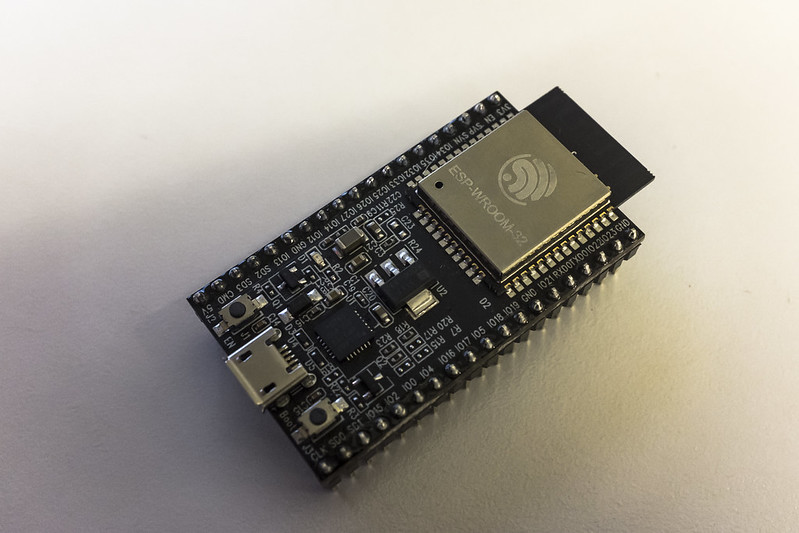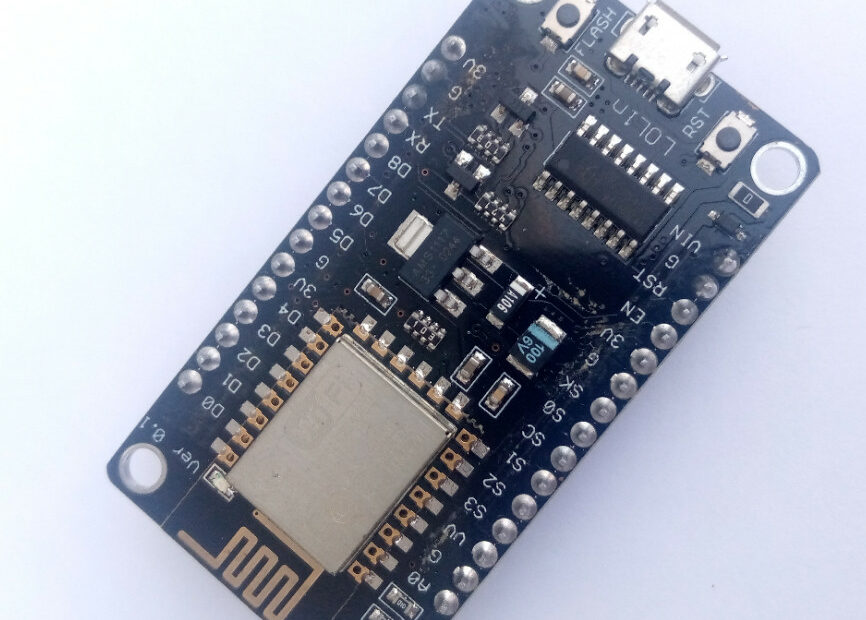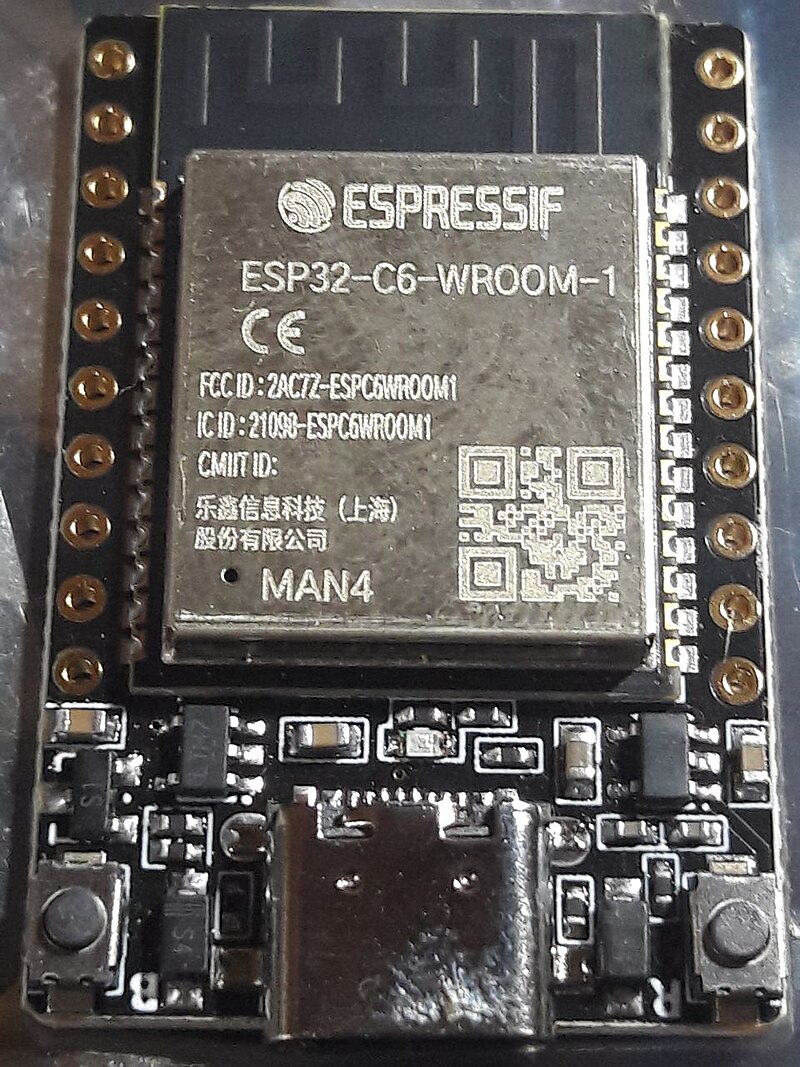ESP Development Boards: A game changer in IoT
ESP development boards have significantly transformed embedded systems and IoT projects by providing high-performance, cost-effective, and energy-efficient solutions. Manufactured by Espressif Systems, these boards integrate Wi-Fi and Bluetooth connectivity, making them ideal for home automation, industrial monitoring, and wearable devices. The ESP8266, introduced in 2014, features a 32-bit Tensilica L106 processor, operates at 80–160 MHz, and includes up to 4 MB of flash memory. With a power consumption as low as 0.9 µA in deep sleep mode, it enables battery-powered applications to run for extended periods. For more information on development boards like Arduino, ESP, and others, feel free to visit Zonetronik.

Image : Billie Grace Ward - CC BY 2.0
Building on the ESP8266’s success, the ESP32, launched in 2016, offers superior performance with a dual-core 240 MHz Xtensa LX6 processor and up to 16 MB of flash memory. It supports Wi-Fi 4 (802.11n) and Bluetooth 4.2/5.0, making it suitable for IoT applications requiring robust connectivity. Its ultra-low-power co-processor allows efficient deep sleep modes, consuming as little as 10 µA, ideal for remote sensors. These boards are widely adopted by hobbyists, students, and industry professionals, powering applications from smart agriculture to robotics and edge AI computing.
ESP8266: The Game Changer
Overview
Introduced in 2014, the ESP8266 quickly became a favorite among developers due to its low cost (≈$2–$5) and integrated Wi-Fi, making IoT projects more accessible. Powered by a 32-bit Tensilica L106 microcontroller, it operates at 80–160 MHz, offering efficient processing for embedded applications. It includes 32 KB of instruction RAM and 80 KB of user data RAM, supplemented by up to 4 MB of external flash memory for program storage. With a deep sleep power consumption of just 0.9 µA, it is well-suited for battery-powered devices. Its 802.11 b/g/n Wi-Fi support enables direct cloud connectivity, making it a key component in home automation, smart sensors, and wireless control systems.

Features
- Wi-Fi Connectivity: Supports 802.11 b/g/n with WPA/WPA2 security.
- Low Power Consumption: Ideal for battery-powered applications.
- GPIO, PWM, and ADC: Offers digital and analog functionalities.
- Wide Development Support: Compatible with Arduino IDE, MicroPython, and AT command firmware
Common ESP8266 Boards
- ESP-01: Compact, with 2 GPIO pins.
- NodeMCU: USB interface, more GPIOs, and easier programming.
- Wemos D1 Mini: Small form factor with rich expansion options.
ESP32: The Powerhouse
Overview
Released in 2016, the ESP32 is a significant upgrade over the ESP8266, offering enhanced performance and connectivity. It features a dual-core Xtensa LX6 processor running up to 240 MHz, with 520 KB of SRAM and up to 16 MB of external flash memory. Supporting Wi-Fi 802.11 b/g/n and Bluetooth 4.2/5.0, it enables advanced wireless communication. Its ultra-low-power mode reduces energy consumption to 10 µA in deep sleep, making it ideal for battery-powered IoT applications. With hardware encryption capabilities and multitasking support, it is widely used in home automation, smart agriculture, robotics, and edge AI computing, powering next-generation embedded systems with high efficiency and reliability.

Image Wikipedia.org
Features
-
Wi-Fi & Bluetooth: Supports 802.11 b/g/n Wi-Fi with WPA/WPA2 security and Bluetooth 4.2/5.0 (Classic & BLE) for versatile wireless communication.
-
Low Power Consumption: Ultra-low-power modes enable deep sleep with consumption as low as 10 µA, making it ideal for battery-powered IoT applications.
-
Versatile I/O: Provides up to 34 GPIOs, with support for PWM, ADC (12-bit, 18 channels), DAC (8-bit, 2 channels), I2C, SPI, UART, and I2S.
-
High Performance: Equipped with a dual-core Xtensa LX6 processor running up to 240 MHz, 520 KB SRAM, and up to 16 MB external flash memory.
-
Secure & Reliable: Features AES, RSA, SHA, and ECC encryption, plus secure boot support for enhanced data protection.
-
Broad Development Support: Compatible with Arduino IDE, MicroPython, ESP-IDF, and AT command firmware, ensuring flexibility for developers.
Common ESP32 Boards
-
ESP32-WROOM-32: Standard module with integrated Wi-Fi and Bluetooth, widely used in IoT applications.
-
ESP32-DevKitC: Development board with USB interface, multiple GPIOs, and easy programming support.
-
ESP32-WROVER: Features extra PSRAM (4–8 MB), ideal for AI, image processing, and complex applications.
-
TTGO T-Display: Comes with a built-in 1.14” TFT screen, useful for projects requiring a display.
-
M5Stack Core: Modular and compact, featuring an enclosure, built-in screen, and expansion capabilities.